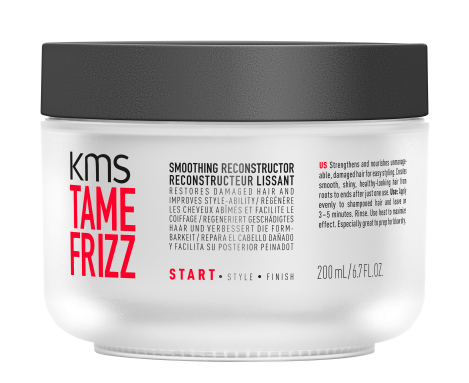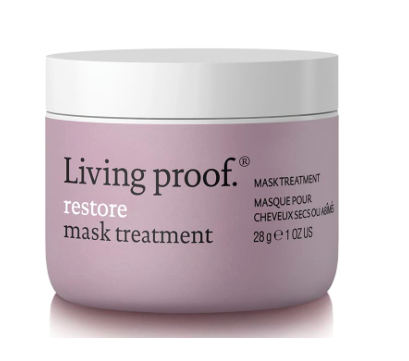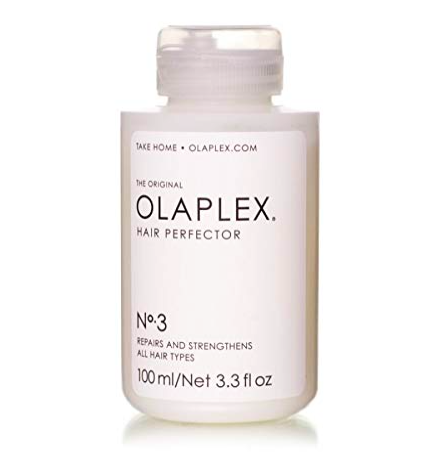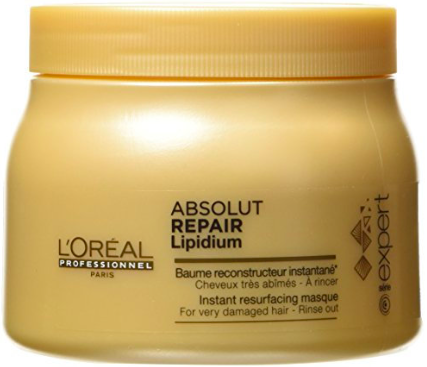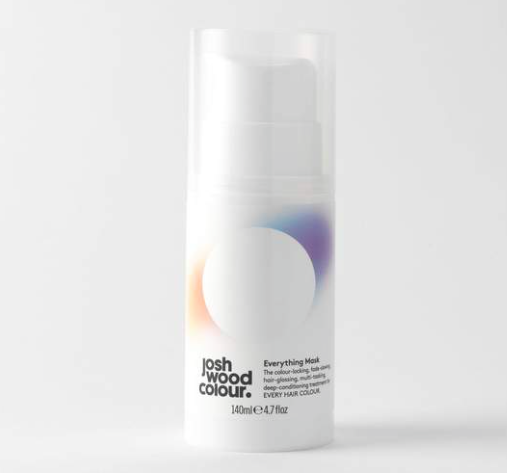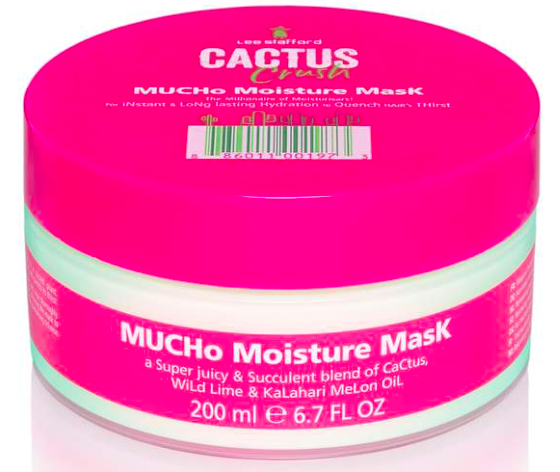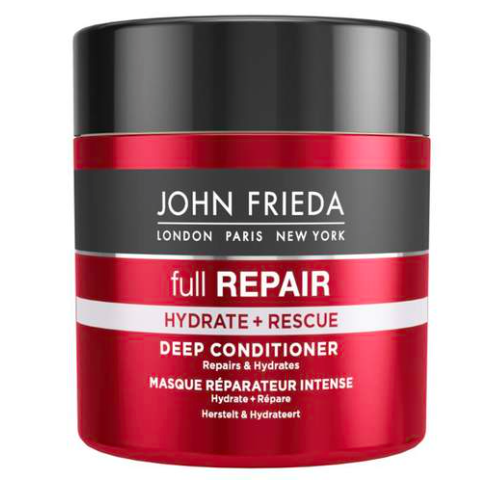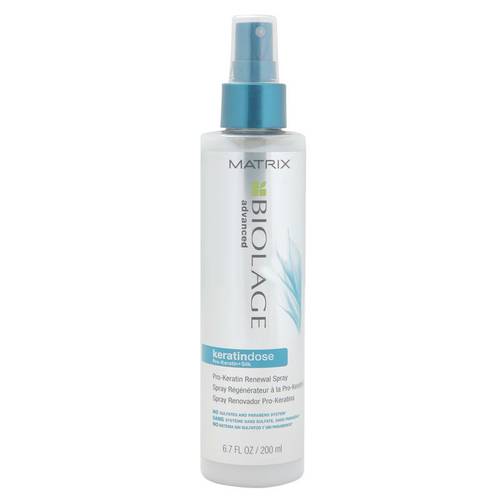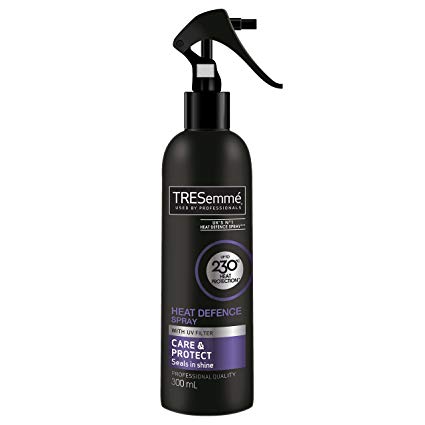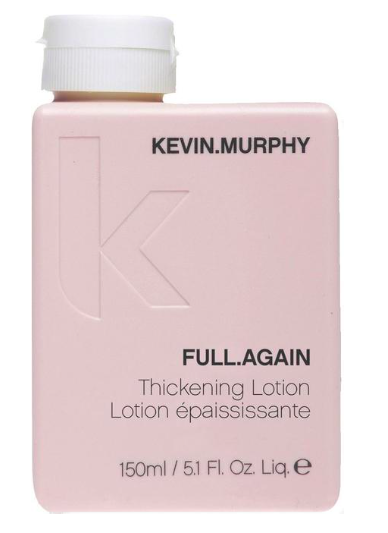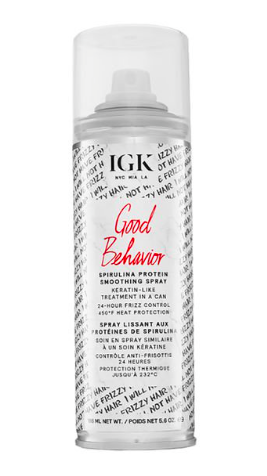Shiny hair secrets, from the experts
Everyday exposure to things like showers, pollution, and hair styling products can decrease your hair's health and make it look less shiny than you'd like.
The most important thing for shiny hair is that the hair cuticle is closed and smooth so it can reflect the light. Well-moisturised, healthy hair is naturally shinier—and applying hot hair oils is the fastest way to boost hydration levels and improve existing damage.
Here are three more ways to boost shine:
Blast your hair with cold water after washing: an icy cold rinse in the shower shuts all the cuticles down, making them lay flat so your strands will shine.
Try a leave in conditioner: a lightweight leave-in conditioner can help moisturise and smooth the hair cuticles.
Avoid harmful ingredients: check labels on shampoo, conditioner and styling products and avoid anything with paragons, which can strip the hair of moisture.
Three common hair problems and how to fix them
Want to know how to fix some of the most common hair problems? We’re here for you. Read on for our expert advice…
Problem: Oily Scalp
Solution: The best way to get rid of oily scalp and greasy hair is to improve your hair care regime. That means washing your hair with a paraben-free shampoo to clear your clogged pores and scalp. You could also try using a clarifying shampoo every so often, which can help reset the health of your hair. Diluted apple cider vinegar or tea tree oil also helps.
Problem: Dry scalp
Solution: Argan oil brings back moisture to your scalp and forms a protective layer against extreme heat. You also need to avoid using any heat-based hair styling products while suffering from a dry scalp.
Problem: Frizzy hair
Solution: Washing your hair less often and avoiding hot water can help with the frizz. Applying Argan oil can also add moisture to hair and protect it from excess heat.
How to repair heat damaged hair
With constant styling from blow dries, curling and straightening, it’s no wonder many of us are suffering with heat-damaged hair.
But first, what does heat damage do to hair?
Heat damaged hair happens when the hair cuticles are broken. The cuticles are the outer layers of each strand of hair, and they're made up of proteins that form shingles, a bit like a roof. These shingles overlap to keep strands moisturised and protected.
Heat damage causes these shingles to rise up, exposing the inner layer of hair and when this happens, your hair will become dehydrated and struggle to contain moisture.
How can you tell if you have heat damaged hair?
It’s quite obvious as your hair will look dull, and feel dry and brittle. If you’re a curly girl, you might notice you’ve lost your natural bounce. Straight hair loses its sleekness and you might see more split ends and flyaway hairs.
Five ways to repair heat damaged hair
Get a haircut
The most dramatic heat damaged hair treatment option is cutting your hair. This is the only way to 'undo damage because you're removing hair that has split ends, hair that's damaged and has been weakened by over-use of hot tools.
Get a trim
If you aren't ready for a complete haircut, getting a trim off the ends of your hair can help while allowing you to keep the length.
Switch products
Aim for products that are free from sulfates and parabens and made specifically for damaged hair. Damaged hair shampoos, conditioners, and leave-in conditioners add moisture into your hair and help to rebuild the broken protein bonds. If you wash your hair daily, consider going a little longer between washes to allow some of the natural oils to build up and create a protective barrier around your hair.
Do a weekly hair mask
Heat damaged hair has become severely dehydrated because the moisture is stripped when you use a hairdryer, straighteners or curlers on a high heat setting. You can help rehydrate your hair with a moisturizing hair mask once or twice a week.
Use a heat protectant
Heat protectant sprays create a barrier between your hair and the hot tools, so you can dry and style your hair without causing more damage. And the great thing is, heat protectants can be applied to dry or wet hair.
How to grow hair faster
Want to know how to grow hair faster? We reveal the top super foods to eat today for healthy hair growth…
How quickly your hair grows is dependent on a lot of things, and keeping it hydrated with good quality products can certainly help.
Similar to your skin, hair requires a lot of love to promote growth and shine - and your diet can actually have some serious impact. While genetics plays a big role in hair loss, a poor diet can also contribute.
Here are three super foods you can eat today to help your hair grow faster:
Eggs
As hair is made of protein, it only makes sense that upping your intake of this essential macronutrient can improve its health. Start with eggs, which are filled with B vitamins, encouraging hair growth and reducing hair fall and damage.
Berries
Fun of vitamin C, berries are packed with antioxidants that protect the hair follicle against damage. Vitamin-rich berries also boost hair growth.
Avocado
Studies have shown that the minerals contained in avocados help seal the hair cuticle cells. The combined potassium and magnesium present in this tasty fruit also helps to give a smooth and shiny appearance to hair.
Keep bleached hair healthy with our expert tips
Bleached blonde hair needs some special care and attention, but don’t worry as with our expert backed styling tips, you can’t go wrong.
Invest in purple shampoo
Purple shampoo can help take the brassiness out of bleached blonde hair, just don’t use it too much - every few washes is enough.
Sleep on a silk pillowcase
If you’re not familiar with silk pillowcases, they are a great way to maintain hair’s integrity and prevent breakage. They also help to prevent split ends.
Use weekly hair masks
Alternate between a protein and moistures place of your normal conditioner. We recommend L’Oreal’s Professionnel Absolut Repair Mask (£36, 500ml), which boasts a nourishing and reparative formula that leaves hair feeling soft and looking shiny.
Prioritise regular haircuts
Ideally have a haircut or trim immediately—or at least within a week—after getting your hair coloured to seal the ends. Then if you can, every eight weeks.
How to get rid of split ends, according to our stylists
If you’re wondering how to get rid of split ends, you’re not alone, and our stylists are here to tell you exactly how to do it.
But firstly, what are split ends and what causes them?
Split ends are basically when the ends of your hair are brittle and dry, and they look like they are splitting.
What causes split ends?
The most common causes are chemical treatments and styling including blow drying, heat styling, perming, bleaching and all types of hair colouring as well as infrequent hair trims. Environmental elements such as the weather can and often do result in split ends, too. But don’t worry as split ends are normal and it doesn’t mean they are your fault.
How to prevent split ends
First up, regular trims removes the damaged ends and prevents them from traveling up the hair shaft. Aim for a haircut every 6-8 weeks to prevent split ends. Other things that can help is showering with cooler water than usual, and finishing your shower with a cold blast to seal your cuticle at the end.
When your hair is wet, it’s also at its most vulnerable - it can stretch up to 50% when it’s wet. So put any leave-in conditioners before combing your hair, and try to avoid sleeping with wet hair. Using a microfibre towel, as opposed to a standard cotton one, straight out of the shower can also help protect hair. This is because microfibre causes less friction on hair especially when it’s fragile. Cutting back on heated styling can also reduce damage.
How to fix split ends
When it comes to repairing split ends, treat your hair like you would your skin. So that means use products that add moisture and that are deeply hydrating like a leave-in conditioner or serum.
How to protect hair from chlorine
Swimming can wreak havoc on hair thanks to the drying effects of chlorine. If you want to know how to protect hair from chlorine, read on…
Tip 1: Soak hair in fresh water before a swim
Soaking hair in fresh water before you take a dip helps prevent it from absorbing too much chlorine.
Tip 2: Wear a swimming hat
Wearing a swimming cap is another great way to protect hair from absorbing chlorinated water.
Tip 3: Use a hair mask
Chlorine drys hair out and makes it brittle, so after a swim make sure you use a hydrating hair mask to restore moisture.
Tip 4: Get regular trims
What can we say, regular trims keeps hair healthy so give as a call or pop in to make your next appointment.
Emily Ratajkowski's 70s disco make up masterclass [Video]
Products to revive dry and damaged winter hair - for under £20!
